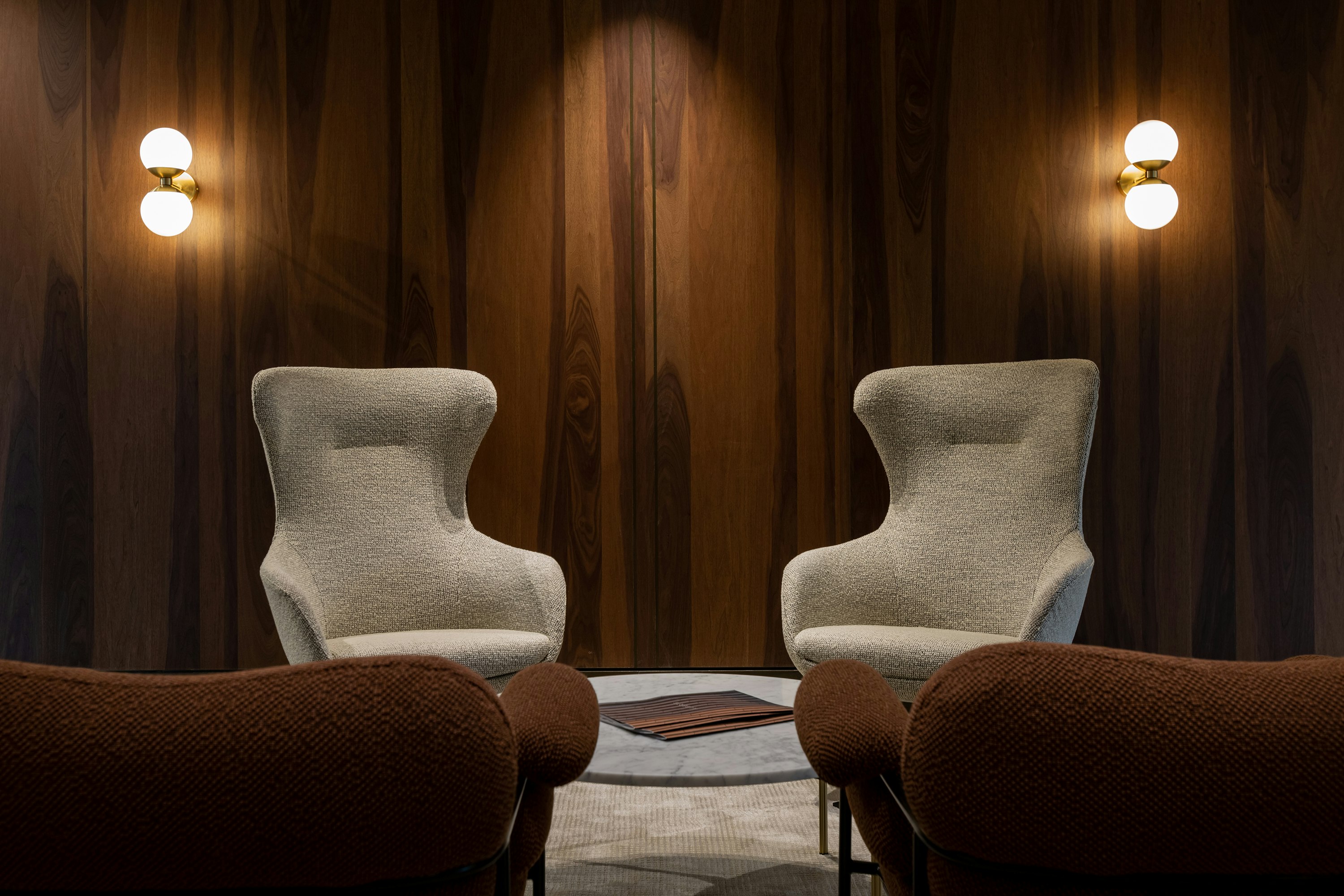Mies Van De Rohe famously cited that form follows function in that to truly create a successful design, one must first understand the function of the proposition before the form or aesthetic can be determined. So design aims to strike a balance of functionality and aesthetic, the objective & the subjective.
Design is an interesting creative discipline. On the one hand, some areas of design call for the aesthetic, visual response to the proposition to be the determining factor of success, others, a purely technical outcome. And of course, there is everything in-between.
This brings us to the idea that there is good design and bad design. Technically speaking, there can be no such thing as bad design from an aesthetic point of view, in a similar way no artwork is bad art – its purely subjective. However, when the desired outcome or proposition has to fulfil a specific function, what is measurable is how well the product functions for this purpose – in this instance, it’s bad design that gets all the headlines. Good design comes as almost an expectation. Things should just work. The designer has run through a process, understood all the parameters and, well, designed it – after all, that’s their job. When the proposition is executed as intended, there is no fanfare, it just works. No celebration for doing your job – it just fits. That is unless of course it doesn’t. As a business, we have always strived to make good design including good functional design, totally commonplace. By staying true to Mies van De Rohe’s adage, this sets the foundation for a successful outcome.


